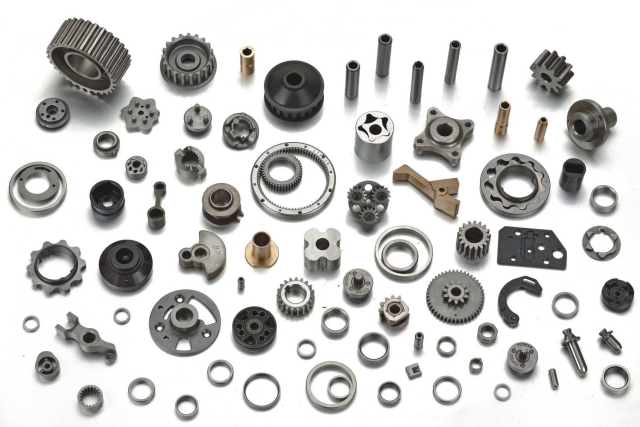Introduction to Isostatic Pressing in Powder Metallurgy
Isostatic pressing is a technique used in powder metallurgy to produce high-density components with uniform density and excellent mechanical properties. In this process, a powder material is placed into a flexible mold and subjected to high-pressure isostatic compression from all sides. Isostatic pressing can be performed at room temperature (cold isostatic pressing) or high temperature (hot isostatic pressing). This technique is widely used in industries such as aerospace and defense due to its ability to produce complex, high-performance components with consistent quality.
Table of Contents
- Introduction to Isostatic Pressing in Powder Metallurgy
- Types of Isostatic Pressing: HIP and CIP
- Isostatic Pressing in Aerospace and Defense Industry
- Growing Investment in HIP Technology
- Advantages and Disadvantages of Isostatic Pressing
- Examples of Ceramic Products Produced by Isostatic Pressing
- Conclusion: Importance of Isostatic Presses in PM
Types of Isostatic Pressing: HIP and CIP
Isostatic pressing is a powder metallurgy technique that applies equal pressure in all directions on a powder compact, achieving maximum uniformity of density and microstructure without geometrical limitations. There are two types of isostatic pressing: hot isostatic pressing (HIP) and cold isostatic pressing (CIP).
Cold Isostatic Pressing (CIP)
Cold isostatic pressing (CIP) is used to compact green parts at ambient temperatures. The process involves placing metal powder inside a flexible mold made of rubber, urethane or PVC. The assembly is then pressurized hydrostatically in a chamber, usually using water, with pressures ranging from 400 to 1000 MPa. The powder gets compacted, and the green compact is taken out and sintered. CIP has the advantage of producing parts where the high initial cost of pressing dies cannot be justified or when very large or complex compacts are needed. A variety of powders can be pressed isostatically on a commercial scale, including metals, ceramics, plastics, and composites. Powders are compacted in elastomeric molds in either a wet or dry bag process. Advantages of CIP include the creation of a product with uniform density, which leads to a reduction of internal stresses, eliminating cracks, strains, and laminations. They also press products that have higher "green strength" which allows for close tolerances, complex shapes, and better machinability. In addition, the CIP process is relatively inexpensive. Separate styles of cold isostatic presses are available for both industrial and laboratory applications. Specific CIP processes include wet bag processing (free molding), dry bag processing (fixed molding), and warm isostatic pressing (WIP).
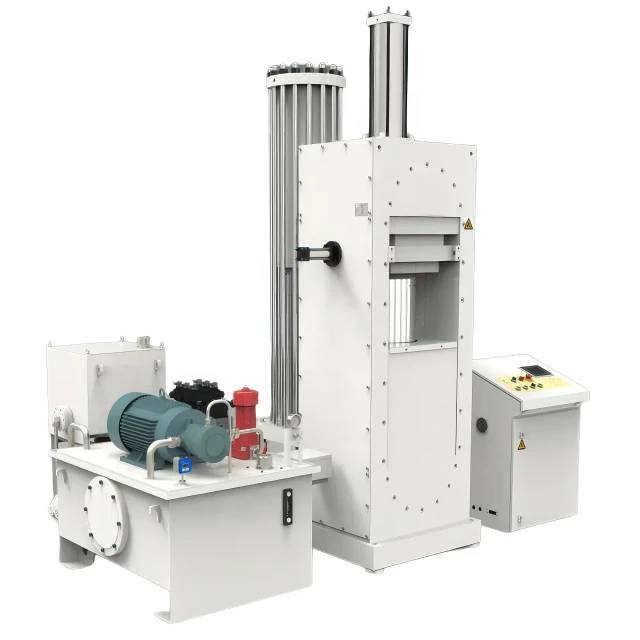
Hot Isostatic Pressing (HIP)
Hot isostatic pressing (HIP) is used to fully consolidate parts at elevated temperatures by solid-state diffusion. HIP can also be used to eliminate residual porosity from a sintered PM part. A metal powder is stressed using inert gas inside a metal container with a high melting point. Pressure of 100 MPa at 1000oC is used, and the inert gas acts as the pressuring media. HIP is relatively expensive but produces compacts with essentially 100% density, good metallurgical bonding among the particles, and good mechanical properties. As a result, it is often used to make super alloy components for the aerospace industry, as well as for the densification of WC cutting tools and PM tool steels. It is also used to close internal porosity and improve properties in superalloy and Ti alloy castings for the aerospace industry. To produce a PM component using HIP, a mold is used into which metal powder is filled, which is then surrounded by a secondary pressing media. Vacuum is applied, and the entire assembly is kept in an autoclave chamber and subjected to HIP. Necessary pressure is applied through the chamber, and the temperature is maintained at a known value. As a result, the compacted metal powder gets sintered, and the component is taken out of the system to get the finished part.
In summary, both CIP and HIP are used in powder metallurgy to produce high-quality metal components. While CIP is used to compact green parts at ambient temperatures, HIP is used to fully consolidate parts at elevated temperatures by solid-state diffusion. CIP can be used on a commercial scale for a variety of powders, including metals, ceramics, plastics, and composites, while HIP is relatively expensive but produces compacts with essentially 100% density, good metallurgical bonding among the particles, and good mechanical properties.
Isostatic Pressing in Aerospace and Defense Industry
Isostatic pressing plays a vital role in the aerospace and defense industry, as it is used to manufacture complex components required for aircraft engines, missile guidance systems, and other critical applications. These parts require high-strength, heat-resistant materials that can withstand extreme temperatures and pressures. The isostatic pressing process can produce these materials with exceptional accuracy and consistency, ensuring that each part meets strict quality standards.
Benefits of Isostatic Pressing in Aerospace and Defense Industry
The use of isostatic pressing offers several benefits for the aerospace and defense industry. Some of these benefits include:
Improved Mechanical Properties
Isostatic pressing can improve the mechanical properties of parts produced for the aerospace and defense industry. This is because the process involves subjecting the powder blend to high-pressure, uniform compression from all sides, resulting in a product that is denser, stronger, and more consistent than parts made through other methods.
Production of Complex Parts
The isostatic pressing process can produce parts that are difficult or impossible to produce through other methods. This is particularly important for the aerospace and defense industry, as many of the components required for aircraft engines, missile guidance systems, and other critical applications are complex and require intricate internal structures.
High Material Utilization
Isostatic pressing is highly efficient when it comes to material utilization. The process is applicable to difficult-to-compact and expensive materials such as superalloys, titanium, tool steels, stainless steel, and beryllium.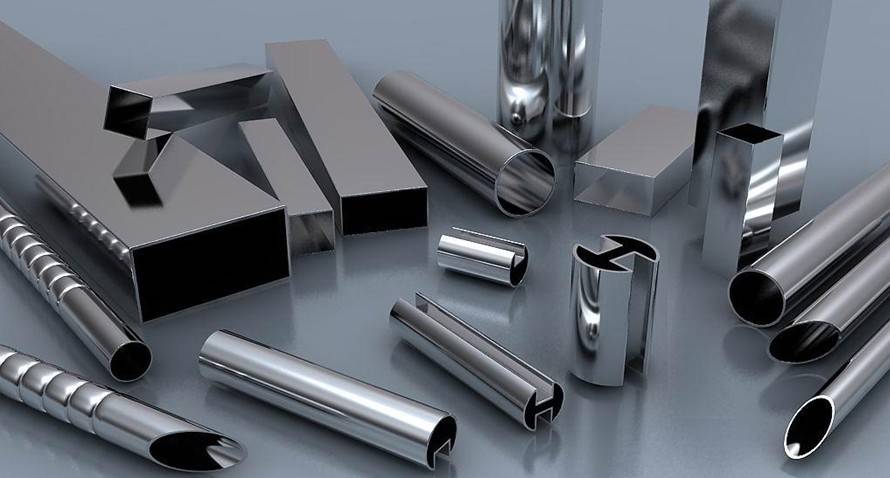
Applications of Isostatic Pressing in Aerospace and Defense Industry
Isostatic pressing is used in the aerospace and defense industry for manufacturing aerospace castings, jet aircraft engine components, and turbine blades. In the defense industry, it is used in the production of bulletproof materials, gun parts, and others.
Isostatic Pressing and the Growing Aerospace and Defense Industry
The rapidly growing aerospace and defense industry is significantly contributing to the growth of the isostatic pressing market. According to India Brand Equity Foundation, the aerospace and defense sector will reach $70 billion by 2030 due to demand for advanced infrastructure. Therefore, the rapidly growing aerospace and defense industry will promote the growth of the isostatic pressing market.
Growing Investment in HIP Technology
Hot Isostatic Presses (HIP) have become increasingly popular in various industries, including aerospace, automotive, and medical. The use of HIP technology has led to advancements in the production of stronger and more durable materials. In recent years, there has been a growing investment in HIP technology as more companies are investing in the equipment and research and development of new materials.
Advancements in HIP Technology
With the growing investment in HIP technology, companies have been able to develop larger and more complex parts. The technology has also led to the development of new materials such as titanium alloys and ceramic composites. These advancements have resulted in cost savings for companies as they can use less expensive raw materials while still producing high-quality finished products.
HIP Technology in Aerospace Industry
The aerospace industry is one of the major industries that have been investing in HIP technology. This is because the industry requires materials that are strong, durable, and lightweight. HIP technology has been used to produce parts for aircraft engines and airframes. The use of HIP technology has led to the production of aircraft parts that are stronger and more durable, resulting in increased safety.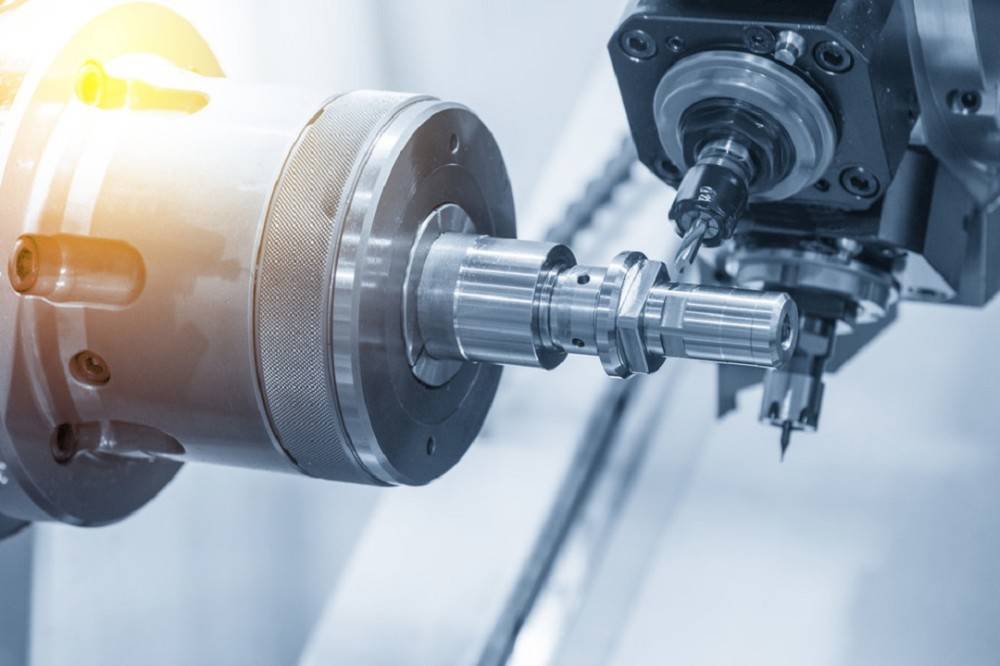
HIP Technology in Medical Industry
The medical industry has also been investing in HIP technology. The technology has been used to produce medical implants such as joint replacements and dental implants. The use of HIP technology has led to the production of implants that are stronger and more durable, resulting in longer-lasting implants. This has led to improved patient outcomes and reduced healthcare costs.
HIP Technology in Automotive Industry
The automotive industry has also been investing in HIP technology. The technology has been used to produce parts such as engine components and transmission parts. The use of HIP technology has led to the production of parts that are stronger and more durable, resulting in improved performance and increased fuel efficiency.
In conclusion, the growing investment in HIP technology has led to advancements in the production of stronger and more durable materials. The technology has been used in various industries such as aerospace, automotive, and medical, where high-performance materials are required. With the continued growth and investment in HIP technology, we can expect to see even more innovative applications and materials in the field of powder metallurgy in the coming years.
Advantages and Disadvantages of Isostatic Pressing
Advantages of Isostatic Pressing
Isostatic pressing offers several advantages over other methods of powder metallurgy. It can produce complex shapes with high precision and dimensional accuracy, improved material properties, and parts with consistent quality. Some of the major advantages of isostatic pressing are:
- High precision and dimensional accuracy
- Improved material properties
- Consistent quality
- Capability to produce complex shapes
- Low distortion on firing
- Consistent shrinkage on firing
- Parts can be fired without drying
- Lower levels of binder in the powder are possible
- Low internal stresses in compact as pressed
- Very large pressed part capability
- Low tooling cost
- Higher density for a given pressing pressure than can be achieved with mechanical pressing
- Ability to press compacts of very high length-diameter ratio
- Ability to press parts with internal shapes, including threads, splines, serrations, and tapers
- Ability to press long thin-walled parts
- Ability to press weak powders
- Ability to press a compact having two or more layers of powder possessing different characteristics.
Disadvantages of Isostatic Pressing
While isostatic pressing offers several advantages, there are also some disadvantages to the process that need to be considered. The cost of isostatic presses is relatively high, making it less accessible to smaller companies. Additionally, the process can be time-consuming, and the equipment requires maintenance and calibration to ensure consistent results. Some of the major disadvantages of isostatic pressing are:
- High equipment cost
- Time-consuming process
- Equipment requires maintenance and calibration to ensure consistent results
- Lower accuracy of pressed surfaces adjacent to the flexible bag, compared with mechanical pressing or extrusion, usually necessitating subsequent machining
- Relatively expensive spray-dried powder normally required for fully automatic dry bag presses
- Lower production rates than for extrusion or die compaction.
Despite these drawbacks, isostatic pressing remains a valuable tool in the field of powder metallurgy, and its benefits have led to its widespread adoption in industries such as aerospace, automotive, and biomedical engineering.
Examples of Ceramic Products Produced by Isostatic Pressing
Isostatic pressing is widely used in the production of high-quality ceramic products for high-temperature and high-stress environments. These products have a wide range of applications in various industries, including aerospace, defense, and medical. Here are some examples of ceramic products that are produced by isostatic pressing.
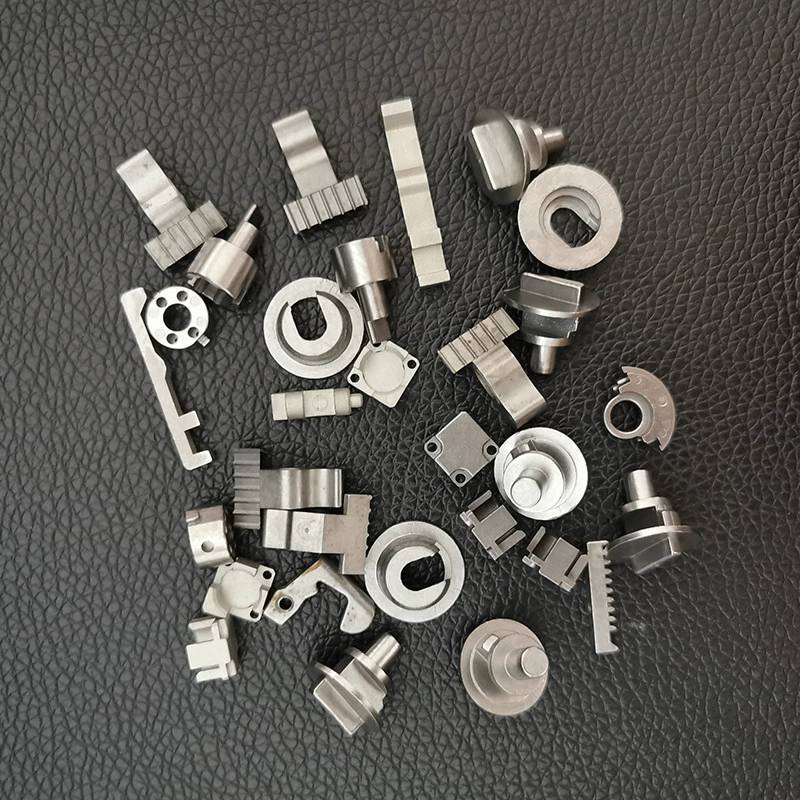
Ceramic Armor and Structural Components
Ceramic armor and structural components are commonly used in aerospace and defense applications due to their high strength and durability. These components are made from ceramic powders that are compressed using isostatic pressing. The resulting products have a uniform density and structure, making them ideal for use in harsh environments.
Electrical Insulators
Electrical insulators are another example of ceramic products produced using isostatic pressing. These insulators are used in a variety of applications, including power generation, transmission, and distribution. They are made from ceramic powders that are compressed using isostatic pressing, resulting in high-quality products that can withstand high voltages and temperatures.
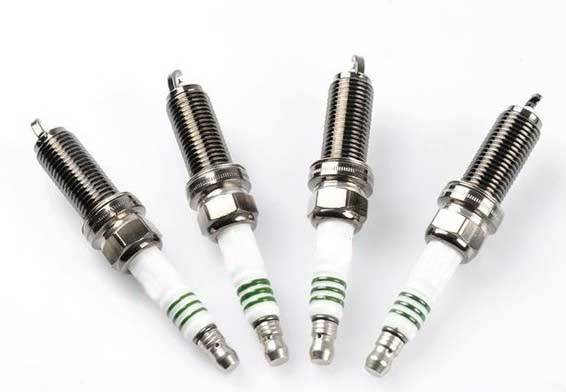
Wear-Resistant Parts
Isostatic pressing is also used to produce wear-resistant parts, such as cutting tools, grinding wheels, and pump components. These parts are made from ceramic powders that are compressed using isostatic pressing, resulting in products that have a high level of hardness and wear resistance.
In summary, isostatic pressing is a crucial technique in the production of ceramic products for high-stress and high-temperature environments. The resulting products have a uniform density and structure, making them ideal for use in various industries. Examples of ceramic products produced using isostatic pressing include ceramic armor, electrical insulators, and wear-resistant parts.
Conclusion: Importance of Isostatic Presses in PM
In conclusion, isostatic pressing plays a crucial role in powder metallurgy by providing a means to produce high-quality, near-net-shape components. The use of isostatic pressing can greatly increase the strength and density of parts, making them suitable for use in demanding applications in industries such as aerospace and defense. The technology for isostatic pressing continues to improve, with growing investment in HIP technology and advancements in equipment for both cold and hot isostatic pressing. The advantages of isostatic pressing include improved uniformity, reduced defects, and a wider range of materials that can be processed. Overall, isostatic pressing is an essential process in PM for producing high-performance components with excellent mechanical properties.
Related Products
- Cold Isostatic Pressing Machine CIP for Small Workpiece Production 400Mpa
- Electric Lab Cold Isostatic Press CIP Machine for Cold Isostatic Pressing
- Manual Cold Isostatic Pressing Machine CIP Pellet Press
- Warm Isostatic Press WIP Workstation 300Mpa for High Pressure Applications
- Warm Isostatic Press for Solid State Battery Research
Related Articles
- Selecting Isostatic Pressing Equipment for High-Density Molding
- Isostatic Pressing Technology: Revolutionizing Ceramic Material Densification
- Understanding Isostatic Pressing: Process, Benefits, Limitations, and Applications
- How Isostatic Presses Help Eliminate Defects in Materials
- What is Isostatic Pressing Machine
